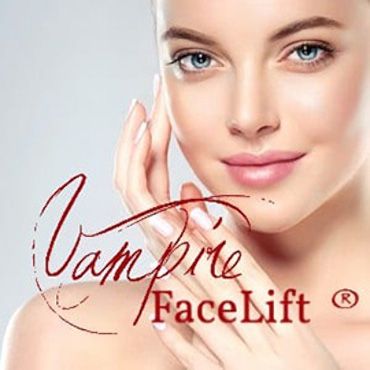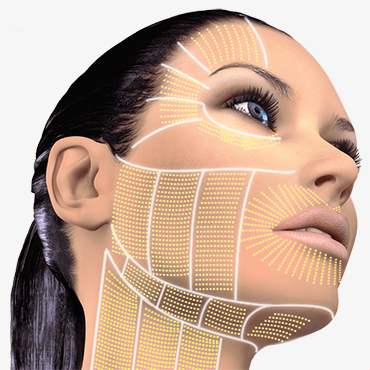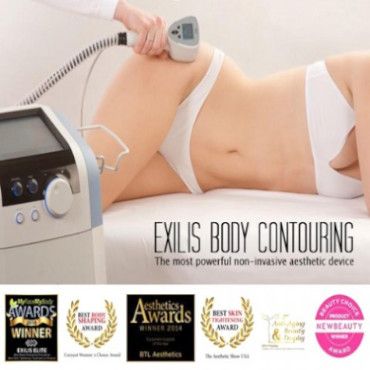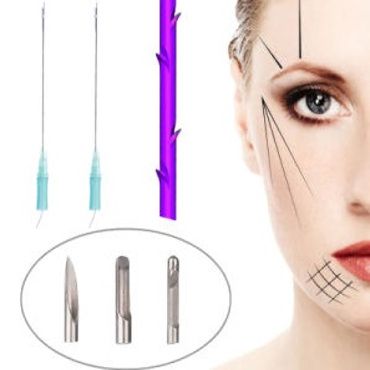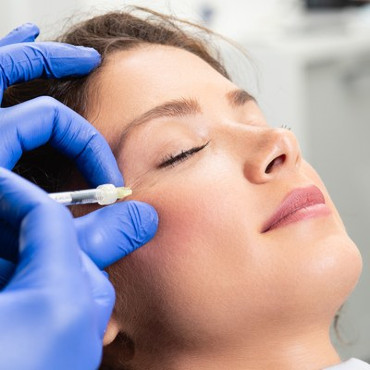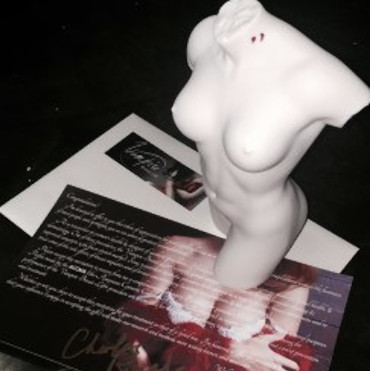Botox and Fillers / Injectables in Commerce Township Michigan
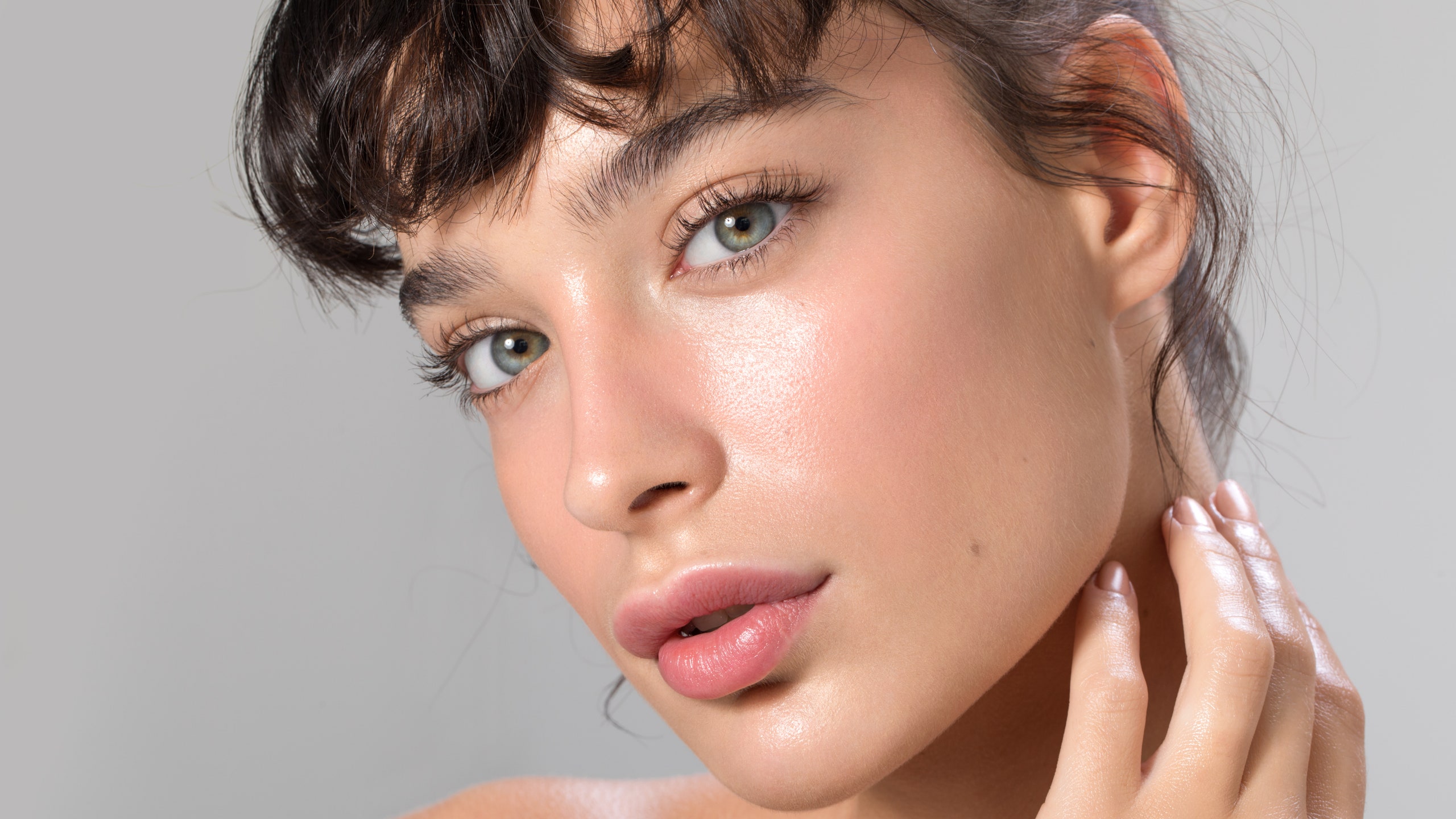
What are injectables?
Injectables are a variety of targeted treatments that can fill in areas that are hollowing out due to age, soften lines due to age, and give you a significantly more youthful appearance without expensive and painful surgeries. Injectables, sometimes called soft tissue fillers, are substances designed to be injected beneath the surface of the skin to add volume and fullness.
Botox or Botulinum Toxin
Botulinum toxin (Type A) is a cosmetic injection that blocks the nerve signals that cause muscles to contract. This effect relaxes and smooths the look of lines and wrinkles caused by repetitive movements on the face—most commonly, between the brows, crows-feet around the eyes, and horizontal forehead creases.
Botox is a purified form of the botulinum toxin that is obtained from bacteria. Though it is deadly in larger amounts, the tiny, regulated amount of Botox given to correct wrinkles has been used safely for decades.
Botox works by blocking nerve signals in the muscles where it is injected. When those nerve signals are interrupted, the affected muscle is temporarily paralyzed or frozen. Without the movement of these selected muscles in the face, certain wrinkles may be softened, reduced, or even removed.
Botox and other treatments made with botulinum toxin are sometimes called neuromodulators or neurotoxins.
Treatments made with botulinum toxin are sold under the brand names Botox Cosmetic, Dysport, and Xeomin.
What can Botox correct?
Botox only works on wrinkles that are caused by muscle movement. These are known as dynamic wrinkles, and are often called “expression lines.”
The most common dynamic wrinkles that Botox can treat are lines on the upper face, such as the “11” between the brows, horizontal lines on the forehead, and crow’s feet around the eyes. These lines are caused by smiling, frowning, squinting, and other facial expressions.
Botox will not work on fine lines and wrinkles caused by sagging or loss of plumpness in the face. These are known as static wrinkles. Static wrinkles include lines in the cheeks, neck, and jowl areas.
Botox is not a permanent treatment. Repeated treatments are necessary for continued wrinkle-reducing effects. Most people find that the muscle-relaxing effect of Botox lasts for 3 to 4 months.
Fillers
Fillers are a type of minimally invasive aesthetic medicine used to add volume, alter the contours of the face, and fill in wrinkles. Common areas to inject fillers are in the face, neck, and hands, resulting in a fuller, smoother, and more youthful appearance.
Dermal fillers, sometimes called soft tissue fillers, are substances designed to be injected beneath the surface of the skin to add volume and fullness.
What can dermal fillers correct?
Different types of dermal fillers are designed to treat varying signs of aging. Depending on the filler selected, they may:
- plump up thinning lips
- enhance or fill in shallow areas on the face
- decrease or remove the shadow or wrinkle under the eyes caused by the lower eyelid
- fill in or soften the look of recessed scars
- fill in or soften static wrinkles, especially on the lower face
Static wrinkles include those around the mouth and along the cheeks. These wrinkles are usually a result of a loss of collagen and elasticity in the skin.
Injectables before and after images:



